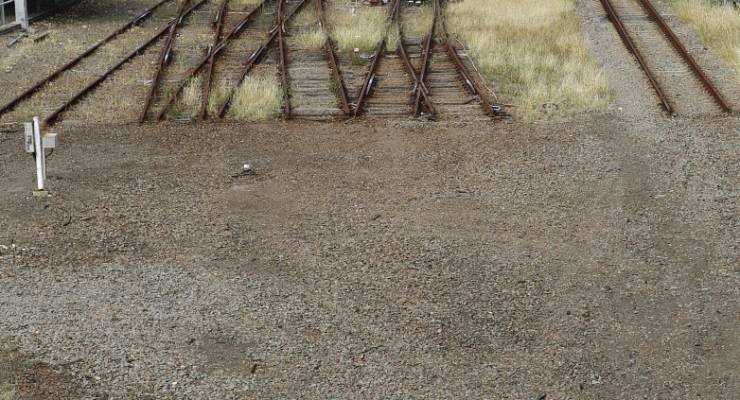
As Crikey anticipated yesterday, not merely did the government go big on the Train to Nowhere in the budget — $8.4 billion over seven years — but treated it as an equity injection, which means it is in the capital budget and doesn’t affect the budget deficit.
That’s $8.4 billion that could be spent on any number of both regional and urban infrastructure projects with higher — in some cases much higher — benefit:cost ratios than the lousy 1.1 that the government claims. When even the proponents of a project admit they can only dodgy up the numbers to get to just over breakeven, you know a project is a dud. Especially rail.
One can only imagine the annoyance of Treasury staff in having to pretend that spending on the Train to Nowhere will actually produce any return — which is the only basis on which the government’s allocation can possibly be considered an equity investment rather than a simple grant that would add to the budget deficit. Even the government’s hand-picked “implementation group” headed by former Nationals Leader John Anderson concluded that the line would never pay for itself. This is what Anderson and co told the government in 2015:
“the expected operating revenue over 50 years will not cover the initial capital investment required to build the railway — hence, a substantial public funding contribution is required to deliver Inland Rail.”
The group did conclude it would produce enough revenue to pay for its operational costs — but that’s a statement of the bleeding obvious for rail, because rail is primarily about fixed costs, with maintenance costs forming a relatively small proportion of the overall costs of any rail line. But — those costs will mean that any return to the government even after the fixed cost is written off will be trivial or non-existent (take a tip from someone who once worked in rail policy for the Commonwealth — this sucker will never make a cent for the government).
So the government has been told the line will never go close to making its money back — yet it still went ahead and pretended it would earn a return on equity. So in the Statement of Risks section of the budget, where Treasury gets to flag concerns about the numbers throughout the document, this is what they said about the project:
“Project costs will not be finalised until procurements, alignment and reference designs are completed. The project is sensitive to increases in project cost and lower revenues from users, and these risks could decrease the returns on the Government’s investment in the project.”
And there’s another thing tucked away in Anderson’s report. It says the project will create “an annual average of 800 jobs during construction and 600 operational jobs each year.” Let’s round that up to 800 jobs ongoing. That means the taxpayer is spending $10.5 million per job — or about 128 times average annual earnings.
Still, the Nationals are happy, right?








What projects Bernard? There is NO serious inland rail infrastructure in most of NSW. There is one dangerous highway. Brisbane to Melbourne day after day. B double on B double. Death after death. We want to make regional areas grow, we want new jobs we want transport. What is your solution.
Oh, so clever, Bernard.
And how much does the Pacific highway make for all our “investment”? Or is it only rail that has to justify itself as a profit-making undertaking? The Chinese are building rail to connect Beijing with Portugal and England and points in between and you think one lousy track connecting major trade centres of Australia is a bad idea?!?!?
Urban rail transport would have failed the cost benefit analysis some years ago and maybe even now, but what are we doing? Putting back rail into every city we can. It will be the same with inland rail.
But where is the $8.4B in the Budget Papers? I can’t see anything in BP2 in capital apart from Dept of Finance (who are clearly going to run this) and a bit for Dept of Infra.
It’s funny to think that just over a year ago Turnbull went to all that PR and trouble for truck operators to abolish the Road Safety Remuneration Tribunal, following the body’s attempts to introduce a then new minimum pay rate for trucking contractors – now he wants to invest in direct competition against them?
Despite BK’s recent mea culpa it seems that our neolib junkie is not yet in recovery so to his idee fixee about Nanny State we can now expect to see <B<Train to Nowhere, equally untrue & misleading so why is he allowed to be so mendacious?
I don’t know what nasty Nanny did to him as a toddler but it seems that he had a bad experience on the Ghost Train as a kiddie wink as well so we must also put up with his damaged psyche re choo-choos.
The Inland Rail will have the biggest multiplier effect on development & quality of life west of the GDR since the Snowy.
The 19thC robber barons in the US got their start with railways so at least, with the federal government funding, we won’t make that mistake of letting the proximity to rail increase land values 10,000%.
Will we? Oh, oh…